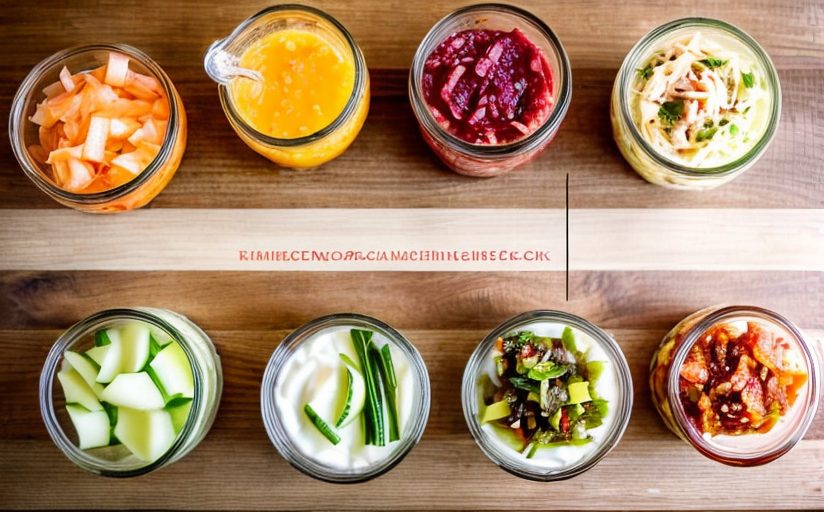The Wonders of Fermented Foods: Unleashing Abundant Health Benefits
The process of fermentation has been harnessed for thousands of years for preserving foods and enhancing their flavors. However, in recent years, science has helped us unveil the many health benefits associated with these fermented foods. Such benefits range from aiding digestion, boosting the immune system, to promoting a healthy heart. This article aims to dive into these health benefits, exploring the fascinating realm of fermented foods and how they can be seamlessly incorporated into daily meals.
The Fermentation Process: A Brief Overview
Fermentation is an age-old practice that metamorphosizes foods in a process driven by microorganisms. These tiny microbes, typically bacteria or yeast, convert sugars and starches into alcohol or acids, creating an inhospitable environment for harmful bacteria, thus preserving the foods and enriching them with beneficial microbes known as probiotics. The key players in this process include foods like sauerkraut, kefir, and kimchi.
Fermented Foods: A Trove of Health Benefits
Regular consumption of fermented foods introduces these probiotics into our guts, creating a diverse and healthy microbiome. They aid digestion by breaking down food substances that our bodies find difficult to digest. Furthermore, evidence from scientific studies suggests these probiotics may also boost the immune system, reduce inflammation, promote a healthy heart, and potentially aid in managing weight and mental health.
Incorporating Fermented Foods into Your Daily Meals
Introducing fermented foods into your diet is surprisingly straightforward. Many cuisines and traditional dishes around the world incorporate fermented foods. Here are a few examples:
- Korean Cuisine: Kimchi, a staple in Korean households, is a fermented cabbage dish packed with a flavorful punch and probiotics.
- German Cuisine: Sauerkraut, a fermented cabbage dish, is traditionally served alongside sausages.
- Japanese Cuisine: Miso and Natto, both fermented soy product, are staples in Japanese cuisine in soups or as condiments.
- Russian and Turkish Cuisines: Kefir, a fermented milk drink, is regularly consumed alone or used in baking.
These examples highlight that fermented foods can be used as a side dish, a principal ingredient, or even a condiment. Starting with small amounts and gradually increasing the intake can make them easier to incorporate into your daily diet.
Conclusion
Embracing fermented foods offers a wealth of health benefits, tantalizing flavors, and a chance to explore global cuisines firsthand. Researching and incorporating these foods from various cultures can provide a fantastic way to diversify your meals in an exciting and healthful way.
















Comments
Leave a Comment